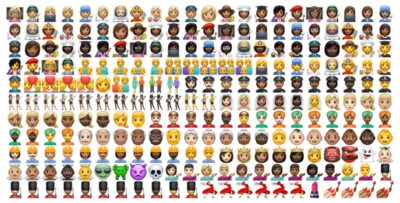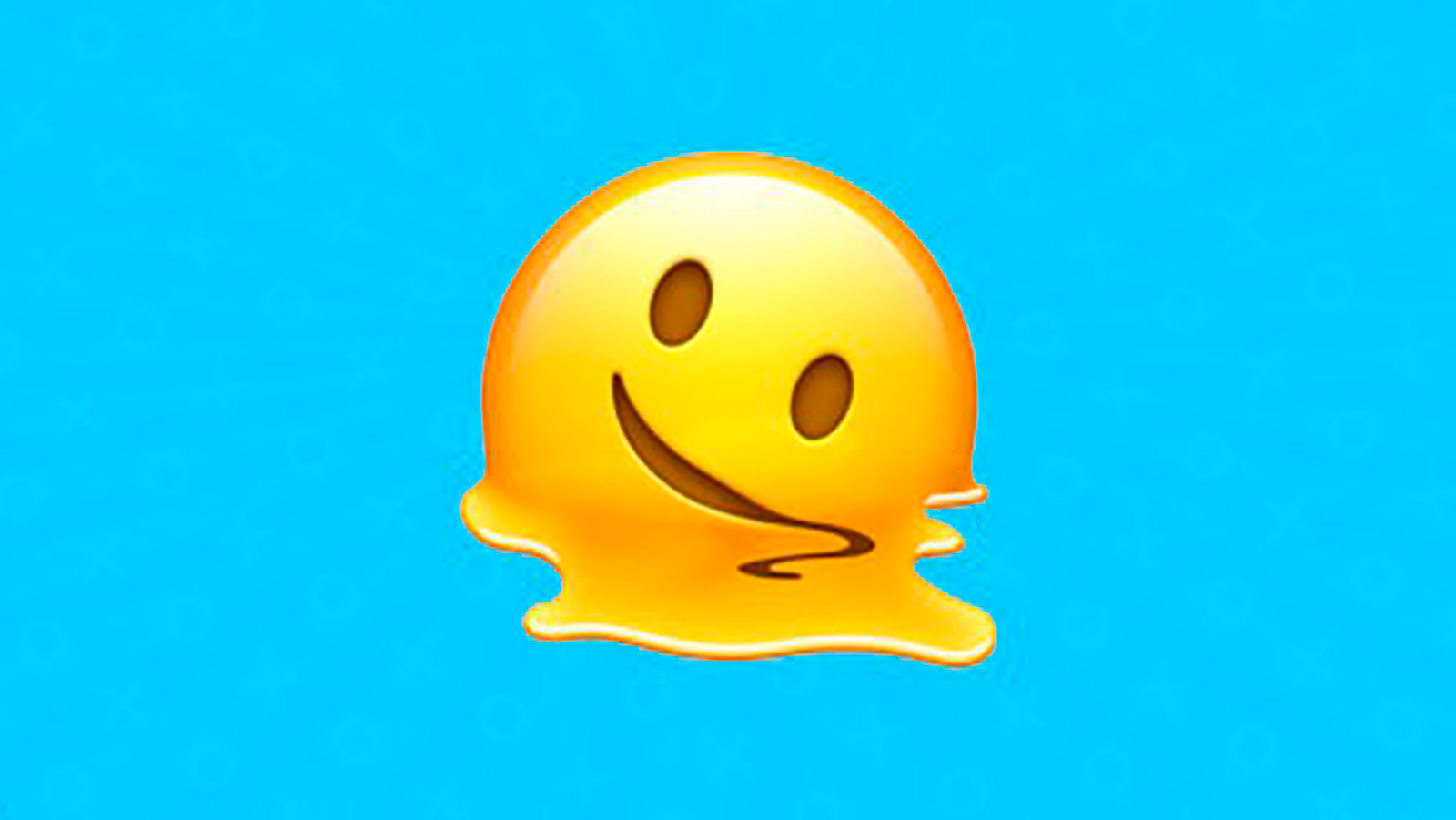In today’s digital world, emojis have become a universal language. They add emotion, context, and nuance to text messages, social media posts, emails,
In today’s digital world, emojis have become a universal language. They add emotion, context, and nuance to text messages, social media posts, emails, and more. But have you ever wondered where these emojis come from, what they really mean, or how they are standardized? That’s where Emojipedia comes in — a comprehensive resource dedicated to cataloging and explaining every emoji in existence.
Must visit: experttrading

This article explores Emojipedia’s role, its importance, and everything you need to know about emojis.
What is Emojipedia?
Emojipedia is an online encyclopedia that catalogs every emoji character, including its appearance, meaning, variations, and history. It serves as a reference guide for emoji users worldwide, helping people understand the subtle differences between emojis and stay updated on the latest emoji releases.
Founded in 2013 by Jeremy Burge, Emojipedia has grown into the most authoritative source for emoji information. It functions much like a dictionary or encyclopedia, but for emojis. The site tracks new emojis approved by the Unicode Consortium, shows how emojis appear on different platforms (like Apple, Google, Microsoft, and Samsung), and explains the common uses and interpretations of each emoji.
Why Are Emojis Important?
Emojis have transformed digital communication by allowing people to convey emotions, tone, and personality in a way that plain text cannot. In a message, a simple smiley face can change the meaning entirely, adding warmth or sarcasm. Emojis bridge cultural and language barriers, making digital conversation more expressive and inclusive.
Because emojis are so widely used, they need to be understood consistently. Different devices and platforms may display the same emoji in slightly different ways, and sometimes an emoji’s meaning evolves over time or differs by region. Emojipedia helps clarify these differences and provides a reliable way to decode emoji communication.
How Does Emojipedia Work?
Emojipedia tracks emojis approved by the Unicode Consortium, the organization responsible for standardizing text and emoji characters across all digital platforms. Each year, Unicode releases new emojis, and Emojipedia updates its database to include these additions.
For each emoji, Emojipedia provides:
- Emoji name and Unicode codepoint: The official identifier.
- Visual appearance: How it looks on major platforms like Apple iOS, Android, Twitter, Facebook, and Microsoft.
- Meaning and common usage: Explaining the typical context and sentiment behind the emoji.
- Emoji history: When it was introduced and any notable changes.
- Related emojis: Suggestions for similar or related symbols.
This detailed information helps users understand how to use emojis effectively and avoid misunderstandings.
Emojipedia Features
1. Emoji Search and Categories
Emojipedia allows users to search for emojis by name, keyword, or category. Categories include Smileys & People, Animals & Nature, Food & Drink, Activities, Travel & Places, Objects, Symbols, and Flags. This makes it easy to find the perfect emoji to express yourself.
2. Platform Comparison
One unique feature is the side-by-side comparison of how an emoji appears across different devices and operating systems. Since emoji design can vary greatly between platforms, this feature helps users understand how their emoji might be perceived by others.
3. Emoji Updates and News
Emojipedia regularly publishes news about upcoming emoji releases, changes in emoji policies, and new trends in emoji usage. This keeps users informed about the evolving landscape of emojis.
4. Unicode Standard Information
For those interested in the technical side, Emojipedia provides information about the Unicode standards and the process through which new emojis are proposed and approved.
The Evolution of Emojis
Emojis originated in Japan in the late 1990s. Shigetaka Kurita created the first set of 176 emojis in 1999 for a Japanese mobile phone operator. These early emojis were simple 12×12 pixel images representing weather, emotions, and common objects.
Over time, emojis gained global popularity. The major breakthrough came when the Unicode Consortium began standardizing emojis so they could be universally understood and supported across all devices. This led to the explosion of emoji use worldwide.
Today, thousands of emojis are available, representing a wide range of human experiences, cultures, professions, and identities. The continual addition of diverse emojis ensures everyone can find symbols that represent themselves.
Why Should You Use Emojipedia?
Using Emojipedia can improve your digital communication by:
- Clarifying emoji meanings: Avoid accidental misuse or misinterpretation.
- Discovering new emojis: Find emojis you didn’t know existed to enrich your messages.
- Understanding platform differences: Know how your emoji will appear to others.
- Keeping up-to-date: Stay informed about the latest emoji releases and trends.
- Learning emoji history: Gain insight into the cultural significance of emojis.
Popular Emojis Explained by Emojipedia
Here are a few popular emojis and their meanings according to Emojipedia:
- 😂 Face with Tears of Joy: Used to show something is extremely funny.
- ❤️ Red Heart: Symbolizes love, affection, and positive feelings.
- 🔥 Fire: Indicates something is hot, exciting, or trendy.
- 🙏 Folded Hands: Often represents prayer, gratitude, or a request.
- 🥺 Pleading Face: Conveys begging, puppy eyes, or emotional vulnerability.
These examples highlight how emojis can convey nuanced feelings and intentions in digital conversations.
How to Propose New Emojis
Emojipedia also covers how new emojis come into existence. The Unicode Consortium accepts proposals from the public for new emojis. These proposals must include a detailed explanation of why the emoji is needed, how it will be used, and evidence of demand.
Once a proposal is submitted, it undergoes a rigorous review process before potentially being approved and added to the Unicode Standard. Emojipedia often reports on new proposals and their chances of approval.
Frequently Asked Questions (FAQs) About Emojipedia and Emojis
1. What is the difference between Emojipedia and Unicode?
Unicode is the organization that creates and maintains the official list of emojis and their technical standards. Emojipedia is an independent website that catalogs and explains these emojis for the public, providing detailed descriptions and usage examples.
2. How often are new emojis released?
New emojis are usually released once a year, with Unicode announcing updates in the spring and platforms like Apple and Google incorporating them into their software releases later in the year.
3. Why do emojis look different on different devices?
Each platform designs its own style for emojis, resulting in variations in appearance. These design differences reflect each company’s brand and aesthetic choices but represent the same emoji codepoint.
4. Can I use emojis in professional communication?
Yes, but use them carefully depending on the context. Emojis can add friendliness and clarity but may be seen as informal in some professional environments.
5. How can I find out what an emoji means?
Emojipedia is the best place to look up any emoji’s official meaning, common uses, and visual variations across platforms.
6. Are emojis the same worldwide?
Emojis are standardized by Unicode, so everyone has access to the same set. However, cultural differences and platform designs can lead to varying interpretations.
7. Can I request a new emoji?
Yes! You can submit a proposal to the Unicode Consortium, which Emojipedia can help guide you on how to do.
Conclusion
Emojipedia plays a vital role in the modern communication landscape by making emojis accessible and understandable to everyone. Whether you’re a casual user curious about an emoji’s meaning or a developer interested in the technical side of emoji implementation, Emojipedia is an indispensable tool.
As emojis continue to evolve and grow in popularity, Emojipedia will remain the go-to resource for staying informed, using emojis effectively, and appreciating the rich culture behind these tiny icons that say so much.



COMMENTS